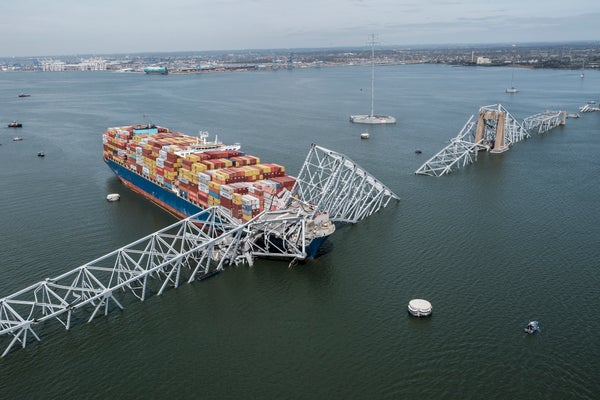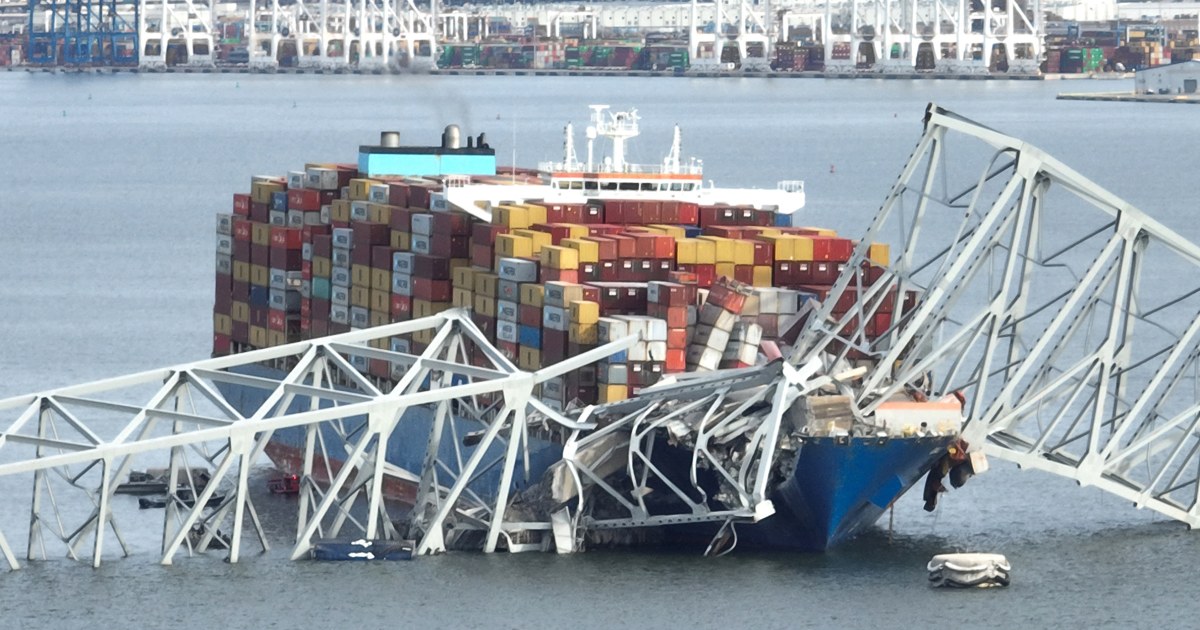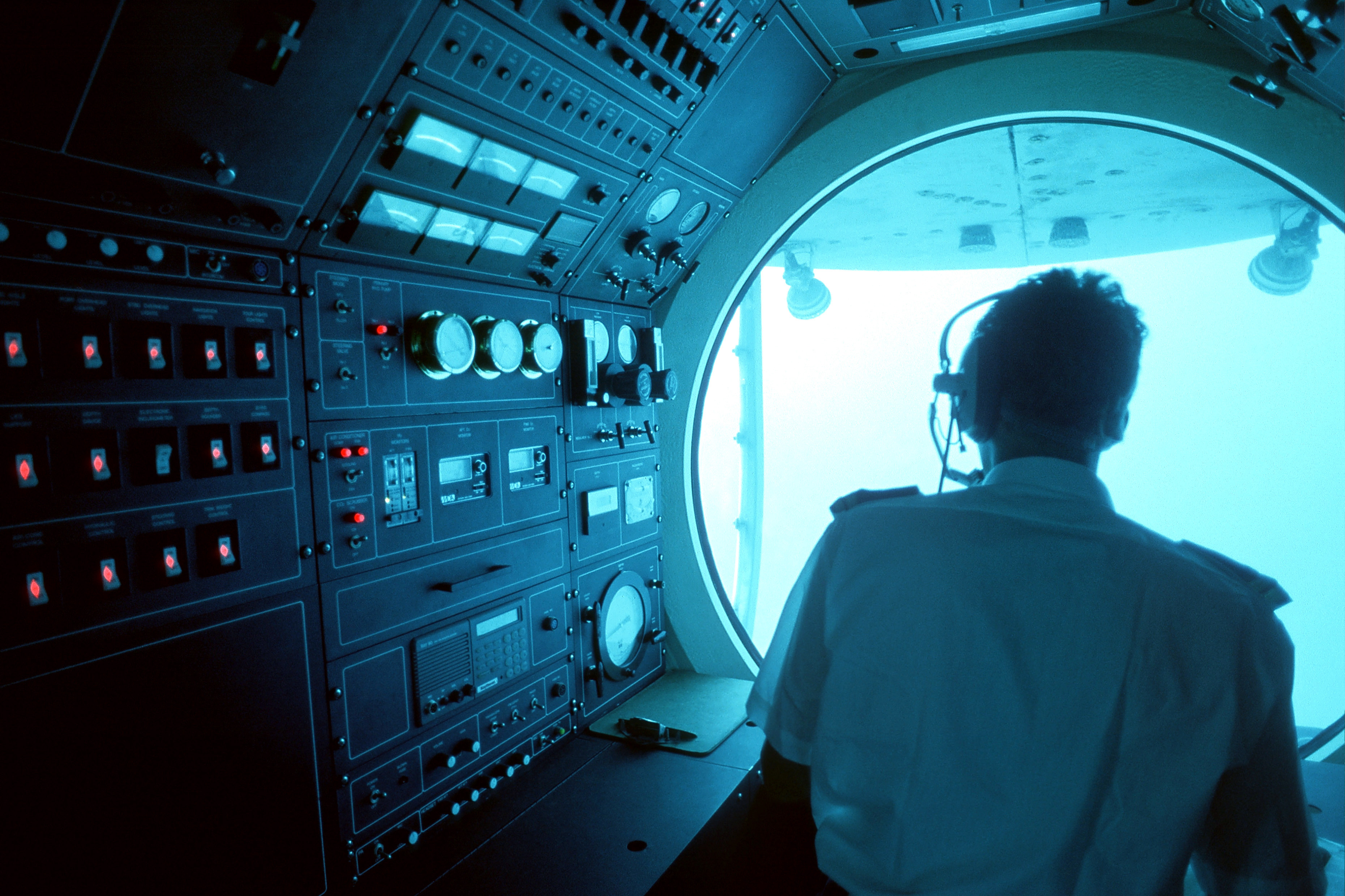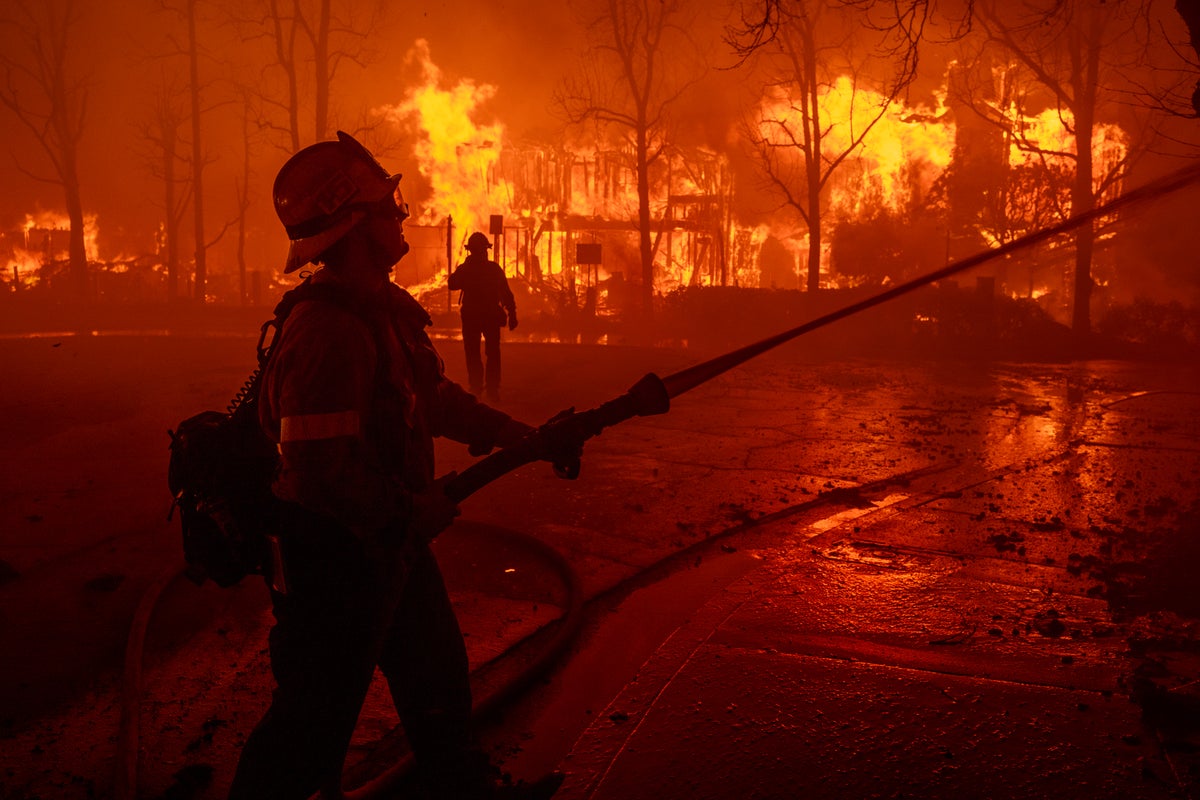Baltimore Bridge Collapse Will Teach Engineers to Establish Safer Infrastructure
The loss of Baltimore’s Francis Scott Critical Bridge following a cargo ship collision will educate engineers how to structure structures much better ready to face up to disasters
In this aerial graphic, the steel frame of the Francis Scott Essential Bridge sits on leading of a container ship immediately after the bridge collapsed in Baltimore on March 26, 2024.
Michael A. McCoy for The Washington Write-up through Getty Illustrations or photos
The adhering to essay is reprinted with authorization from ![]() The Discussion, an online publication masking the most up-to-date analysis.
The Discussion, an online publication masking the most up-to-date analysis.
The cargo ship collision that wrecked the Francis Scott Vital Bridge in Baltimore on March 26, 2024, is raising inquiries about just how significantly engineers can do to protect against this sort of catastrophes from occurring in the long term. Listed here, Michael J. Chajes, a professor of civil and environmental engineering at the University of Delaware, discusses how bridge design and style codes have transformed above the years and the issues of developing new buildings, and retrofitting existing types, so they can survive extraordinary occasions
How tough is it to structure a bridge to face up to the pressure that took down the Francis Scott Critical Bridge?
On supporting science journalism
If you are taking pleasure in this short article, think about supporting our award-profitable journalism by subscribing. By purchasing a membership you are encouraging to be certain the future of impactful stories about the discoveries and tips shaping our earth currently.
When engineers realize the forces that a structure will be subjected to, they can style and design a construction to withstand them. That claimed, we know that every power has a array of magnitudes that can arise. For illustration, not all vans on the roadways weigh the exact same amount, not all earthquakes are of the identical magnitude, and not all ships have the exact same body weight. We include this variability in forces into the structure.
Even if built to a given established of strategies, the closing toughness of the construction can fluctuate. The supplies utilised have variants in energy. For illustration, concrete shipped on two successive times will have a sightly distinct remaining strength. This variability in the toughness of the closing structure is also taken into account in the design course of action to make sure the bridge or building is secure. There’s no way we could make two bridges from the identical set of designs and they close up with the exact exact same toughness.
Primarily based on the excess weight and pace of the ship that strike the Francis Scott Critical Bridge, today’s U.S. bridge style and design code would simply call for the bridge to be built to resist a lateral pressure of 11,500 tons. This means the bridge has the skill to endure a lateral strike of that magnitude. That is equal to the bodyweight of about 50 loaded Boeing 777s or the fat of the Eiffel Tower. While this is a incredibly big lateral force, buildings can be intended to resist this kind of forces. Tall structures are routinely made to resist lateral masses of this magnitude that end result from wind or earthquakes. Even so, it is a matter of how significantly a single wishes to expend on the structure, and many style and design targets and constraints need to be well balanced against each other.
What do engineers do to make sure safety in excessive occasions?
Our expertise of how intense situations impact constructions is continually evolving. One particular area where by this is really apparent is earthquake engineering. Just after each individual earthquake, structural engineers understand what has labored and what has not worked, and then the making and bridge design and style codes evolve. Infrastructure proprietors also consider to retrofit existing structures that have been built to earlier codes.
Ship collisions and their impression on bridges are a equivalent spot of evolving being familiar with and enhanced structure codes. There have been more than 35 big bridge collapses globally that ended up brought on by ship collisions from 1960 to 2015. Engineers examine the failures, and they update the engineering codes so that they greater account for the consequences of ship collisions.
How has bridge design and style progressed since the Baltimore bridge was constructed?
The Francis Scott Crucial Bridge was made in the early 1970s. Construction started off in 1972, and it opened to traffic in 1977. This preceded the 1980 collapse of the Sunshine Skywayin Florida, which was caused by a ship collision, equivalent to what transpired in Baltimore. That bridge collapse led to the initiation of investigate jobs that culminated in the enhancement of a U.S. manual specification in 1991 that was up-to-date in 2009.
Dependent on that guidebook specification, bridge style codes have been modified to incorporate forces owing to ship collisions. The layout of the Francis Scott Vital Bridge would not have been needed to contemplate the result of ship collisions. The latest U.S. bridge style code states that:
“where vessel collision is expected, structures should really be:
• Designed to resist vessel collision forces and/or
• Sufficiently safeguarded by fenders, dolphins, berms, islands, or other sacrifice-able gadgets.”
Other modifications because the 1970s are that cargo ships have increased in measurement and fat. The ship that introduced down the Sunshine Skyway in 1980 weighed 35,000 tons, whilst the ship that collided with the Francis Scott Critical Bridge weighed 95,000 tons.
With the rising bodyweight of cargo ships, the most price-helpful structure strategy to stop collapse of bridges thanks to vessel collision may nicely be to secure the bridge piers from the effect. This is finished by setting up a bridge collision protecting method, which is often a concrete or rock composition that surrounds the pier and stops the ship from receiving to the pier, as is carried out to safeguard quite a few of our nationwide monuments.
A pier protection process was set up when the Sunshine Skyway bridge was rebuilt, and it has been employed on many other bridges. The exact tactic is presently staying applied by the Delaware River and Bay Authority at a charge of US$93 million to defend the piers of the Delaware Memorial Bridge.
But what about existing bridges like the Francis Scott Essential Bridge? Bridge proprietors have a tremendous challenge finding the money sources necessary to retrofit their bridges to satisfy the newest structure codes and to account for the improved effects hundreds envisioned thanks to the heavier and heavier ships. Equally items happened here. That is, design and style codes transformed and improved, and hundreds acquired a great deal much larger. Engineers and infrastructure owners test their ideal to prioritize where by their constrained resources can be employed to enhance structural security and lessen the chance of structural failure.
What can universities do?
The No. 1 occupation of structural engineers is to protect the public and decrease the risk of structural failures that pose a menace to human lifetime. To do that, engineers must be equipped to determine the forces that our structures may perhaps be subjected to. This contains circumstances where a huge ship accidentally collides with a bridge, or a significant earthquake or hurricane strikes.
In these excessive instances, the framework will virtually assuredly sustain hurt, but, if at all probable, it must be resilient ample to not collapse. The structure codes are frequently current to account for new knowledge, new materials and new structure methods. The trustworthiness of our buildings is enhancing all the time.
Retrofitting structures crafted to prior codes is an ongoing approach, and 1 that this catastrophe moves to the forefront. The U.S. has a large amount of infrastructure that was created to old codes, and we have greater vehicles crossing our bridges, and more substantial ships passing beneath them.
Engineers can never cut down the chance of failure to zero, but they can minimize it to the point where failures take place quite occasionally and only in conditions in which several unforeseen situations blend to make a composition vulnerable to collapse.
This posting was initially posted on The Dialogue. Examine the first article.










